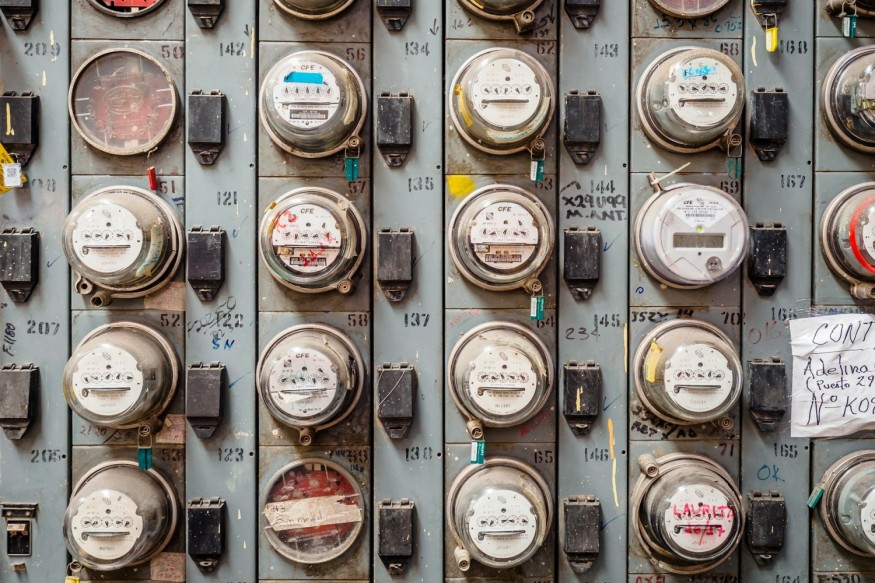Strategies to Beat the Heat and Keep Costs Down
As the country celebrates Earth Day, shoppers may have noticed one impact of climate change: rising temperatures are making it harder for Americans to pay their bills, and in some cases, they are even forcing families to decide between purchasing groceries and cooling their houses.

The Heat and Your Finances
In a recent research of its customers' purchasing habits, the Bank of America Institute found that increased heat is driving higher energy use, potentially resulting in higher utility and other related expenditures for over half of U.S. counties. Customers' combined monthly utility rates as of March, which included gas, electricity, and water, were around $300, an increase of nearly 25% from 2019.
Bank of America tracked utility payments and examined cost increases using anonymized, aggregated consumer data.
Warmer weather particularly strains lower-class households financially; between March 2019 and March 2024, average power bills for people making less than $50,000 annually increased by 38%.
The Urban Heat Island Effect
Researchers refer to this as the "urban heat island" effect, and it also drives that. Low-income families are subjected to greater heat exposure than higher-income households because they are more likely to reside in hotter regions of the United States. According to the survey, customers' electricity costs increased by more than 40% in Reno and Las Vegas, Nevada, in March when compared to the same month in 2019.
One issue that Americans have struggled with since inflation started to soar during the epidemic is higher electricity bills. Even if the illness has subsided, many customers are still facing extreme financial hardship. According to current Census statistics, 38% of households with incomes under $50,000 report that, at least once in the previous 12 months, they were unable to pay a bill or to pay it in full.
In spite of the fact that air conditioning is now a must rather than a luxury, not all Americans can afford to maintain their units.
Experts also stated that traditional methods of dealing with heat waves are no longer effective. According to Wolfe, cooling facilities, which used to be useful for relieving pain during brief hot spells, are no longer as efficient because heat waves now sometimes continue for many days.
Keep Your Costs Down
- Energy-Efficient Upgrades: Investing in energy-efficient appliances and home upgrades can significantly reduce utility costs, especially during periods of extreme heat. Following the insights from the Bank of America Institute's research, which highlighted the substantial increase in utility expenses due to rising temperatures, households can prioritize upgrades like installing programmable thermostats, sealing windows and doors to prevent air leaks, and investing in energy-efficient cooling systems. These upgrades not only help mitigate the financial burden of higher utility bills but also contribute to environmental sustainability by reducing energy consumption.
- Financial Assistance Programs: Given the disproportionate impact of rising temperatures on lower-income households, accessing financial assistance programs can be vital in managing utility expenses. As indicated in the text, households earning less than $50,000 annually experienced a significant surge in power bills, making it crucial for them to seek support. Governments and non-profit organizations often offer assistance programs such as energy bill payment assistance, weatherization assistance for energy efficiency improvements, and subsidies for low-income households. By taking advantage of these programs, families can alleviate the financial strain caused by increased energy costs and ensure access to essential services without compromising other necessities like groceries.
- Community-Based Solutions and Adaptation: Recognizing the limitations of traditional cooling methods in addressing prolonged heat waves, communities can collaborate to implement innovative and cost-effective solutions. The text highlights the inefficiency of cooling facilities during extended periods of high temperatures, signaling the need for alternative approaches. Community-based initiatives can include establishing cooling centers equipped with energy-efficient cooling systems, organizing neighborhood tree-planting programs to mitigate the urban heat island effect, and promoting heat-resilient urban planning strategies. By fostering resilience at the community level, individuals can collectively combat the challenges posed by climate change-induced heat while minimizing the financial burden on households.
Related article : BlackRock's Larry Fink Says We Have a Retirement Crisis
Copyright © MoneyTimes.com











